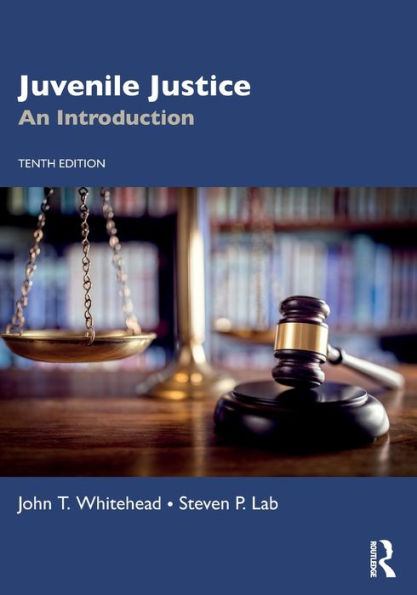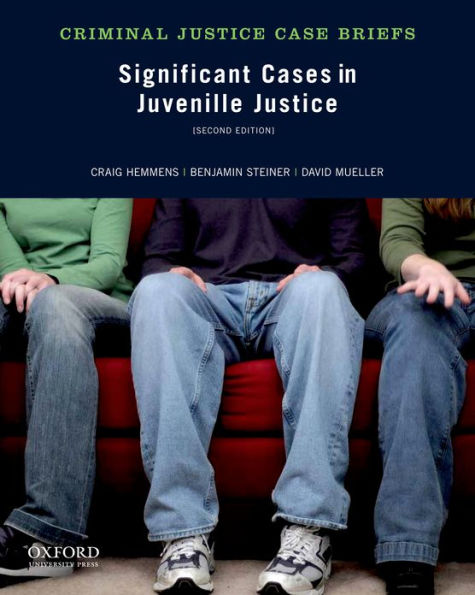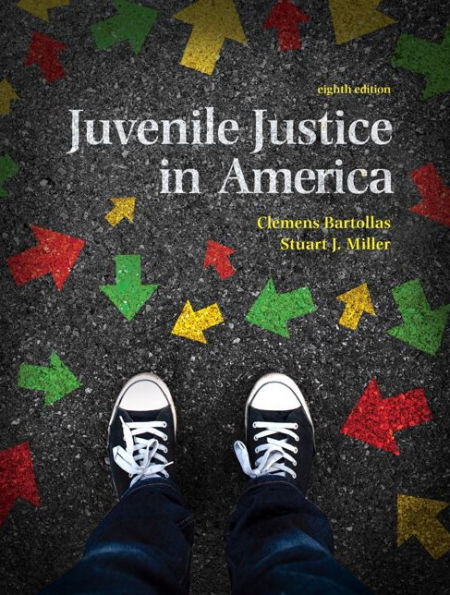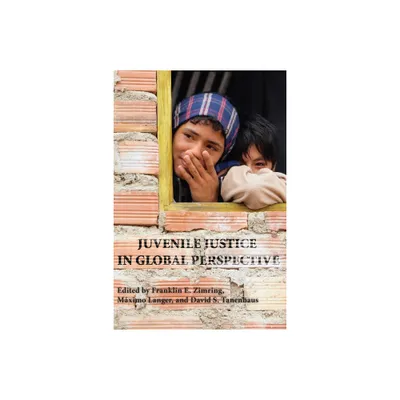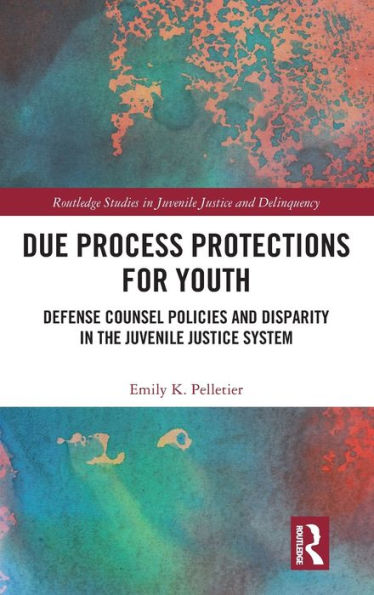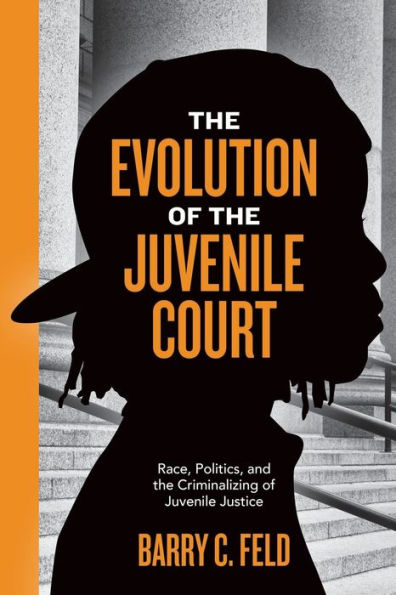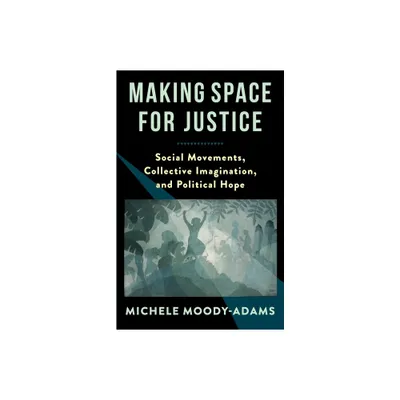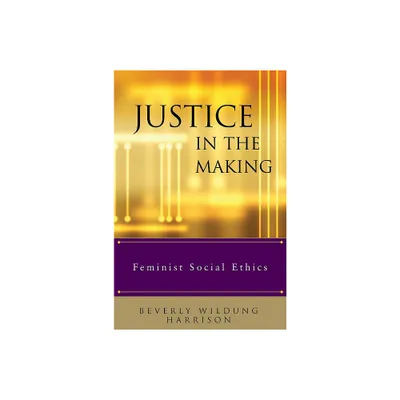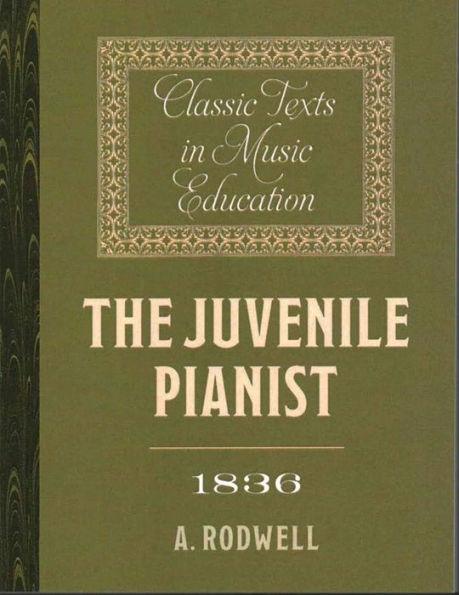Home
Juvenile Justice in the Making
Loading Inventory...
Barnes and Noble
Juvenile Justice in the Making
Current price: $100.00
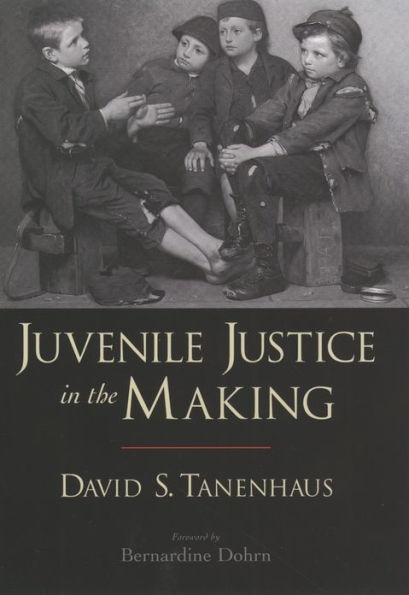

Barnes and Noble
Juvenile Justice in the Making
Current price: $100.00
Loading Inventory...
Size: OS
*Product Information may vary - to confirm product availability, pricing, and additional information please contact Barnes and Noble
"Tried as an adult." The phrase rings with increasing frequency through America's courtrooms. In Michigan, an 11-year-old is charged with first-degree homicide in the shooting death of a playmate. A mentally disabled boy in Florida faces armed robbery and extortion charges that could bring 30 years in prison for stealing $2 worth of food. Faith in childhood, and its corollary that separate courts are required for children because they are developmentally different from adults, appears to be vanishing. Almost forgotten in this climatein which a New York Times' headline boldly announced that the "Fear of Crime Trumps the Fear of Lost Youth"is the fact that the juvenile court is one of America's most influential legal inventions.
Long before the crimes of the young became a national preoccupation, Americans struggled with many of the same questions posed by today's aggressive sentencing of minors. What is the legal status of children? Does a particularly horrific crime merit a commensurately severe response, regardless of the age of the offender? Who belongs in juvenile court, and what is its exact purpose?
In his engaging narrative history of the rise and workings of America's first juvenile court, David S. Tanenhaus explores the fundamental and enduring question of how the law should treat the young. Sifting through almost 3,000 previously unexamined Chicago case files from the early twentieth century, Tanenhaus reveals how children's advocates slowly built up a separate court system for juveniles, all the while fighting political and legal battles to legitimate this controversial institution. In the process, the juvenile court became a catalyst for the development of the American welfare state, the medicalization of child rearing, and the beginnings of innovative community organizing programs.
Today, as America's treatment of juvenile offenders becomes increasingly draconian, the United States, once a leader in the international crusade to secure justice for children, is now in this respect effectively a rogue nation. Harkening back to a more hopeful and nuanced age
Juvenile Justice in the Making
provides a valuable historical framework for thinking about youth policy.
